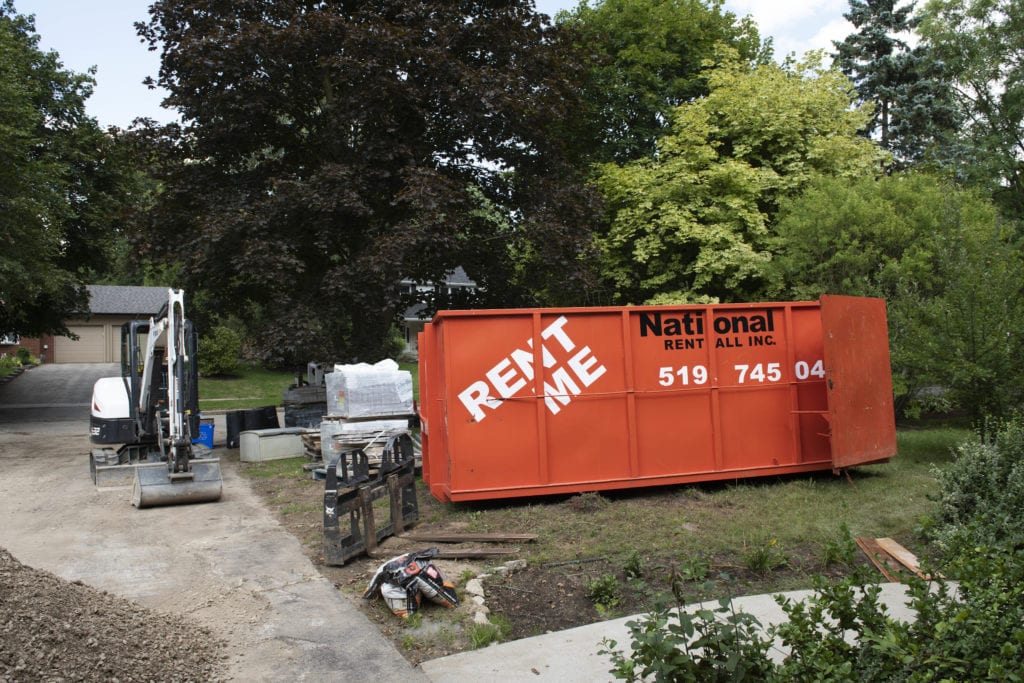Have you ever wondered what happens to your garbage once it disappears into the dumpster bin, seemingly vanishing from your daily concerns? The world of waste management is a complex and multifaceted system designed to handle the vast amounts of waste generated daily by households, businesses, and industries. Let’s delve into the journey of your garbage after you toss it into the dumpster.
Collection and Transportation:
The first step in the waste management process is the collection of garbage from various sources. Garbage trucks, equipped with hydraulic compactors, traverse neighborhoods to pick up waste from residential areas. For businesses and industrial sites, specialized waste management services handle the collection process. Once collected, the waste is transported to transfer stations or directly to waste treatment facilities.
Transfer Stations:
Transfer stations serve as hubs where waste from collection trucks is consolidated before being transported to larger disposal facilities. At these stations, waste is sorted to remove recyclables and hazardous materials, diverting them from the landfill. The remaining waste is compacted and loaded onto larger transport vehicles for the next phase of its journey.
Landfills:
The final destination for a significant portion of non-recyclable waste is the landfill. Landfills are engineered sites designed to contain and manage waste safely. Modern landfills incorporate liners and leachate collection systems to prevent environmental contamination. Once at the landfill, waste is strategically placed and compacted to maximize space utilization.
Waste-to-Energy Facilities:
In some regions, waste management processes include the use of waste-to-energy facilities. These facilities incinerate non-recyclable waste, converting it into energy. The heat generated during incineration is often used to produce electricity, contributing to renewable energy sources and reducing the volume of waste that needs disposal in landfills.
Recycling Facilities:
Recyclable materials follow a different path. They are transported to recycling facilities where they undergo sorting, cleaning, and processing. Recyclables such as paper, glass, plastic, and metal are transformed into raw materials for manufacturing new products. Recycling helps conserve resources, reduce energy consumption, and minimize environmental impact.
Composting:
Organic waste, such as food scraps and yard waste, can undergo composting. Composting is a natural process where organic materials decompose into nutrient-rich soil. This compost can be used in agriculture, landscaping, and gardening, promoting sustainability and reducing the need for chemical fertilizers.
Understanding the garbage removal waste process sheds light on the intricate system working behind the scenes to manage our waste responsibly. As a bin rental company, we play a crucial role by practicing proper waste disposal and supporting initiatives that prioritize recycling and sustainability. By making informed choices, National Bins contributes to a more efficient and environmentally conscious waste management system. Contact us today to get started on the bin rental process!
